![[Put logo here]](media/theBestest.png)
"The most perfect edition of plays ever published": the Digital Lacy project
Lou Burnard (Independent Scholar)
![[Put logo here]](media/theBestest.png)
Lou Burnard (Independent Scholar)

A corpus is a sample, hopefully representative of a known population. Initial comparisons between the LAE and Allardyce Nicoll's Handlists suggest distributions of size, age, and mode are comparable.
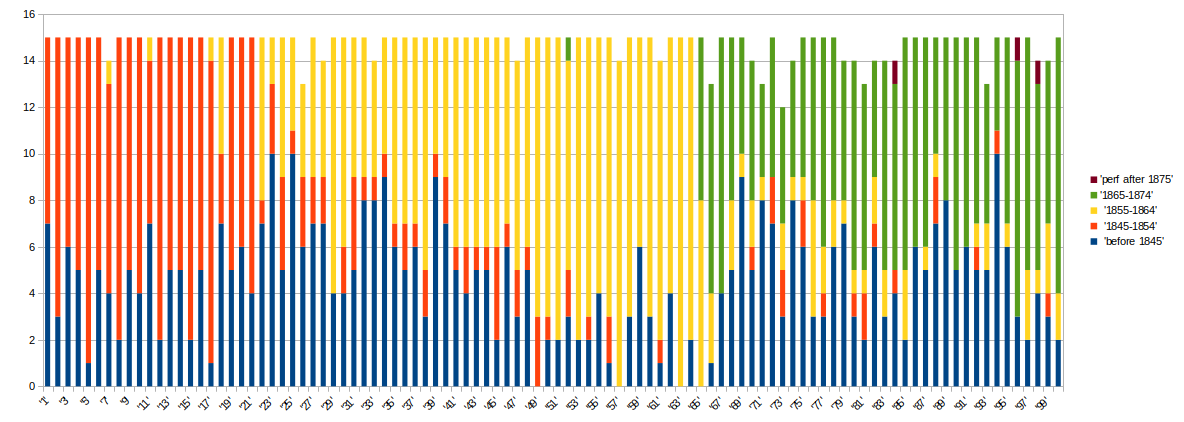
"It is hard to avoid the conclusion that Lacy astutely leavened the mix for each volume, using mainly contemporary titles to complement the old favourites." (cf. How old are these plays?)
Proto-website at http://lb42.github.io/Lacy

Impossible without manual intervention: this is the main bottleneck in current workflow.
DraCor and Lacy have a few ideological differences...
However - the DraCor team is very responsive and helpful !
These texts are full of phenomena which break or strain the simple OHCO model...
For example ....
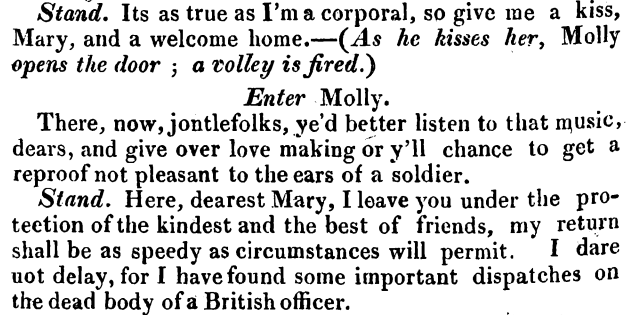
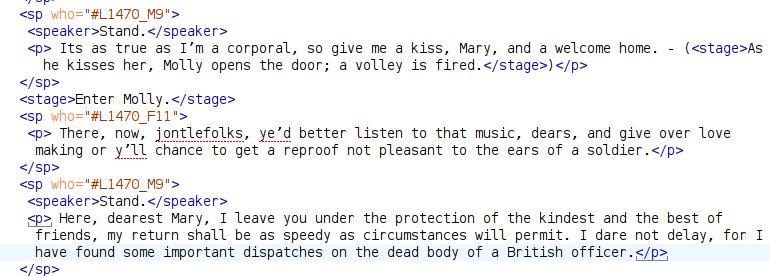
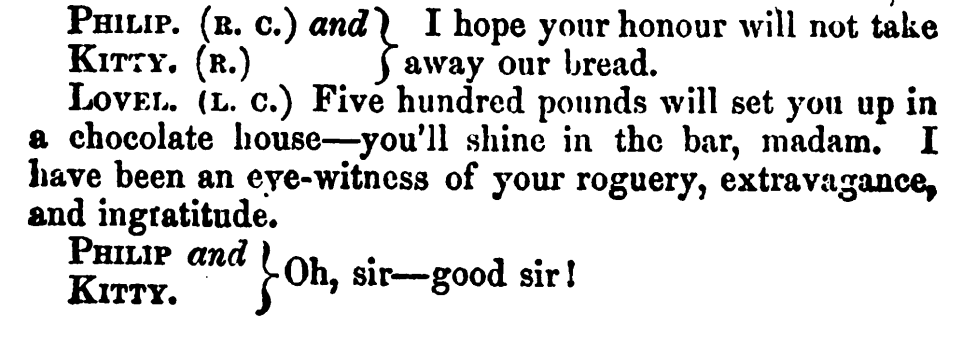

(<stage> not currently permitted within <speaker>)
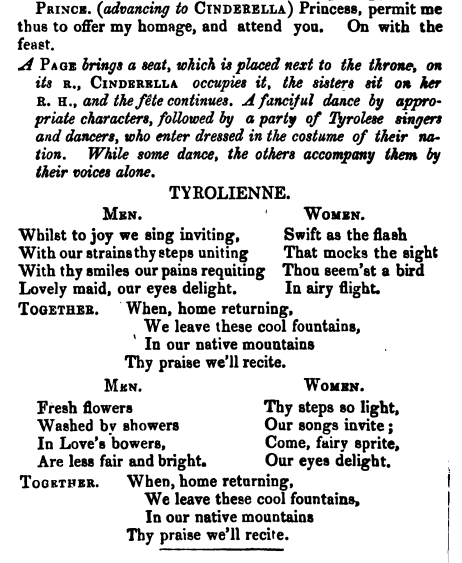
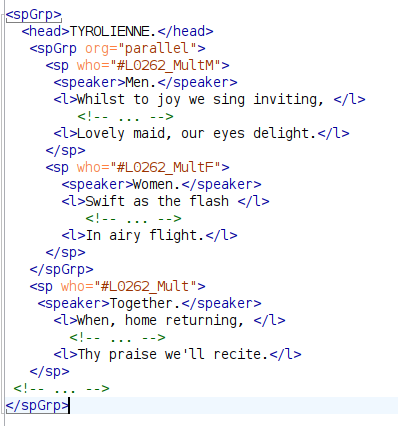
The whole dance (the Tyrolienne) is contained by a <spGrp> element which contains two nested <spGrp> elements, each containing two <sp> elements to be performed in parallel. (See also TEI Issue 2695)